From “survival” to production
At the end of May 2025, Long Song Lake had 13.81 million m3 of water, Da Bac Lake had 1.23 million m3 of water and Phan Dung Lake had 2.94 million m3 of water. The entire Tuy Phong district had finished the summer-autumn crop nearly a month ago, 10 days earlier than the plan of the authorities. There was no crop abandonment due to lack of water like in previous years. Or even before that, the summer-autumn crop in Tuy Phong was always a season of waiting for the sky, people were so eager to produce that they accepted to sow and wait for rain, like gambling with the sky. If the rain did not come in time, those sown rice seeds would be buried in the ground. Even domestic water was difficult, people in some places in the district had to buy water by the can... That was the time when Tuy Phong already had Da Bac Lake, but the lake had a capacity of 8.09 million m3 of water according to the design in Vinh Hao commune with the task of irrigating nearly 400 hectares and in reality, the lake rarely had enough water to handle that area. Later, Long Song Lake with a designed capacity of nearly 30 million m3 was built in 2006, with the task of providing irrigation water for agriculture with an area of 4,260 hectares, providing domestic water for 53,000 people, the area of proactive water production in the district was expanded.
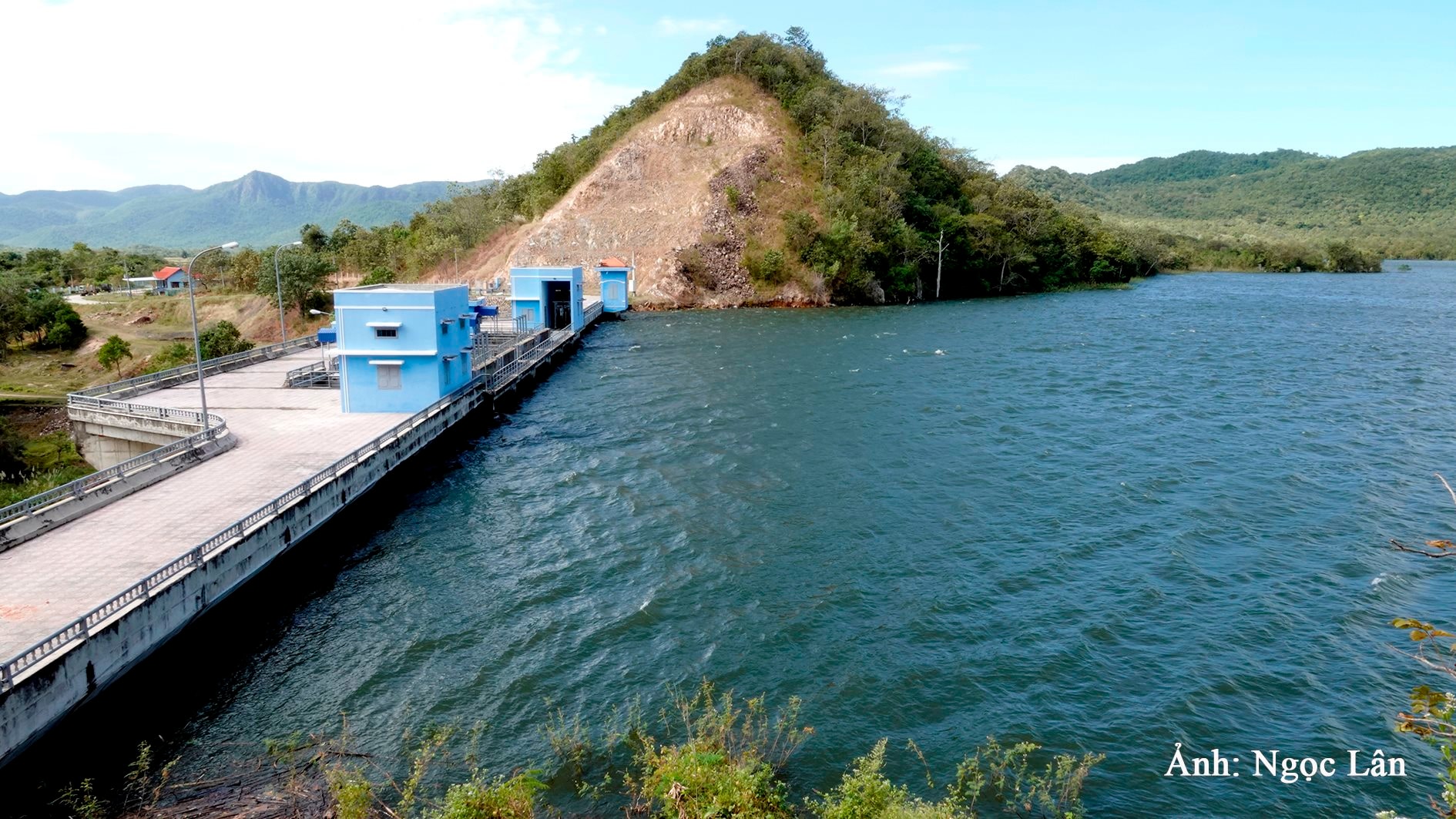


At that time, Tuy Phong was less thirsty, but sometimes in severe drought years, without rain, the whole district still had to skip crops because Long Song Lake and Da Bac Lake did not have enough water. It was not until 2013, when Phan Dung Lake appeared, bringing additional water to Long Song Lake, that the irrigation network connecting the three lakes in the district was formed, basically ensuring the necessary factors for production. 7 dams spread in Phan Dung, Phong Phu, Phu Lac, Phuoc The communes, Lien Huong town and BC2 pumping station in Phong Phu commune also played a greater role. The intra-field irrigation system was gradually extended. Data from Tuy Phong District People's Committee showed that the whole district has a total of 193 intra-field irrigation canals of level 1, level 2, level 3 with a total length of 165.29 km. Of which, level 1 canals have 35 canals with a total length of 54.60 km; Level 2 canals have 153 canal routes with a total length of 108.70 km and level 3 canals have 5 canal routes with a total length of 1.97 km.
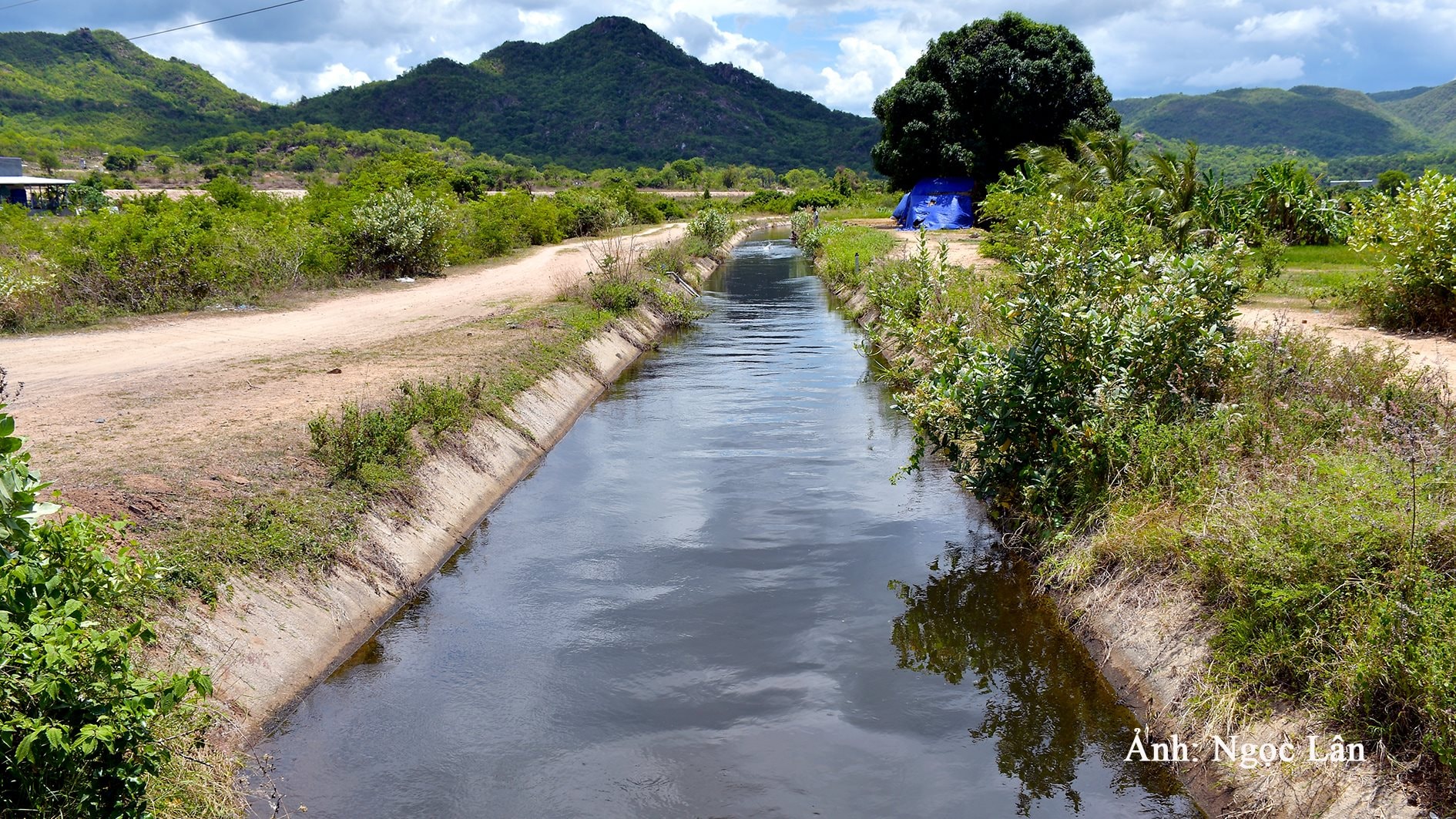
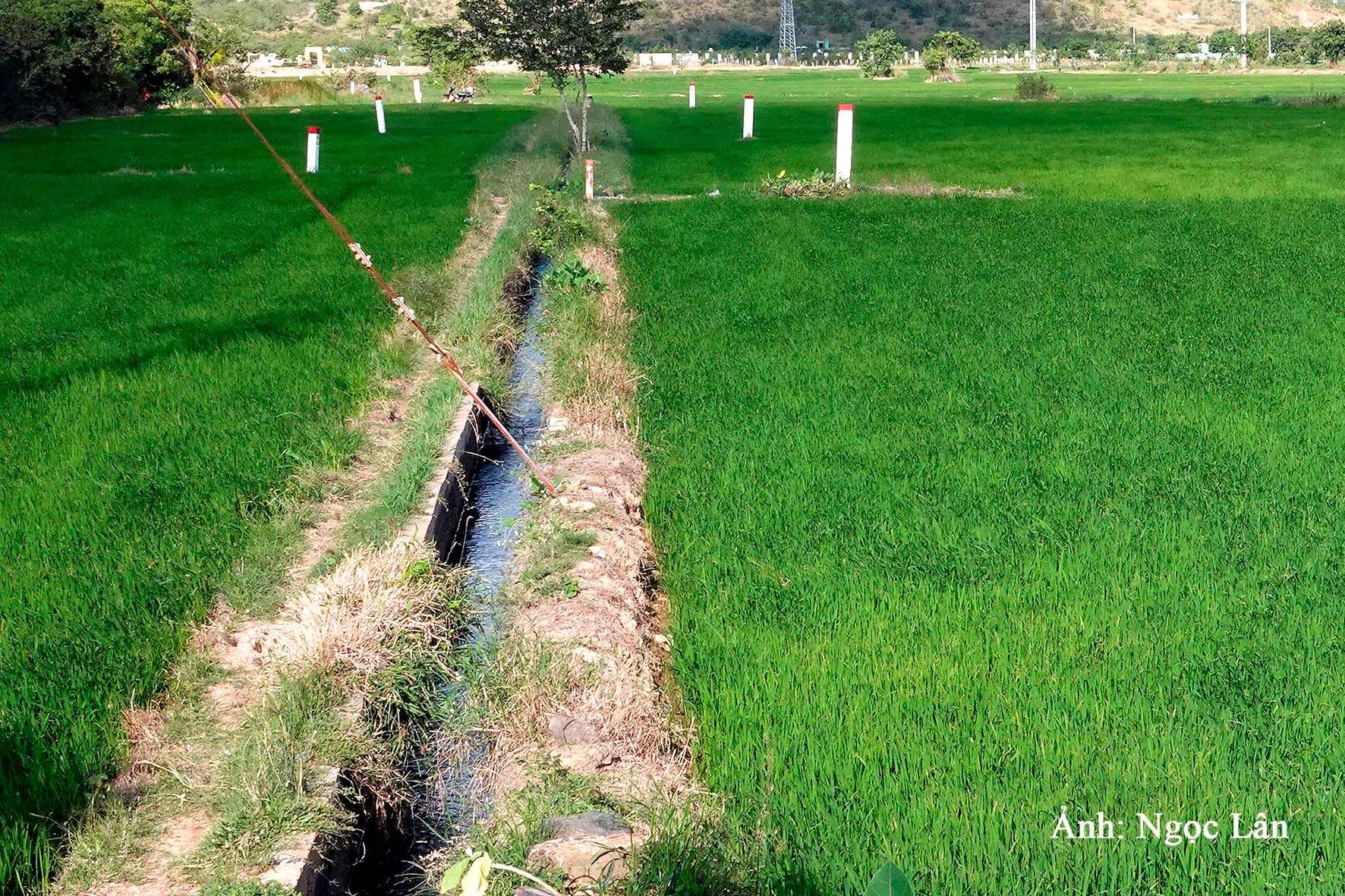
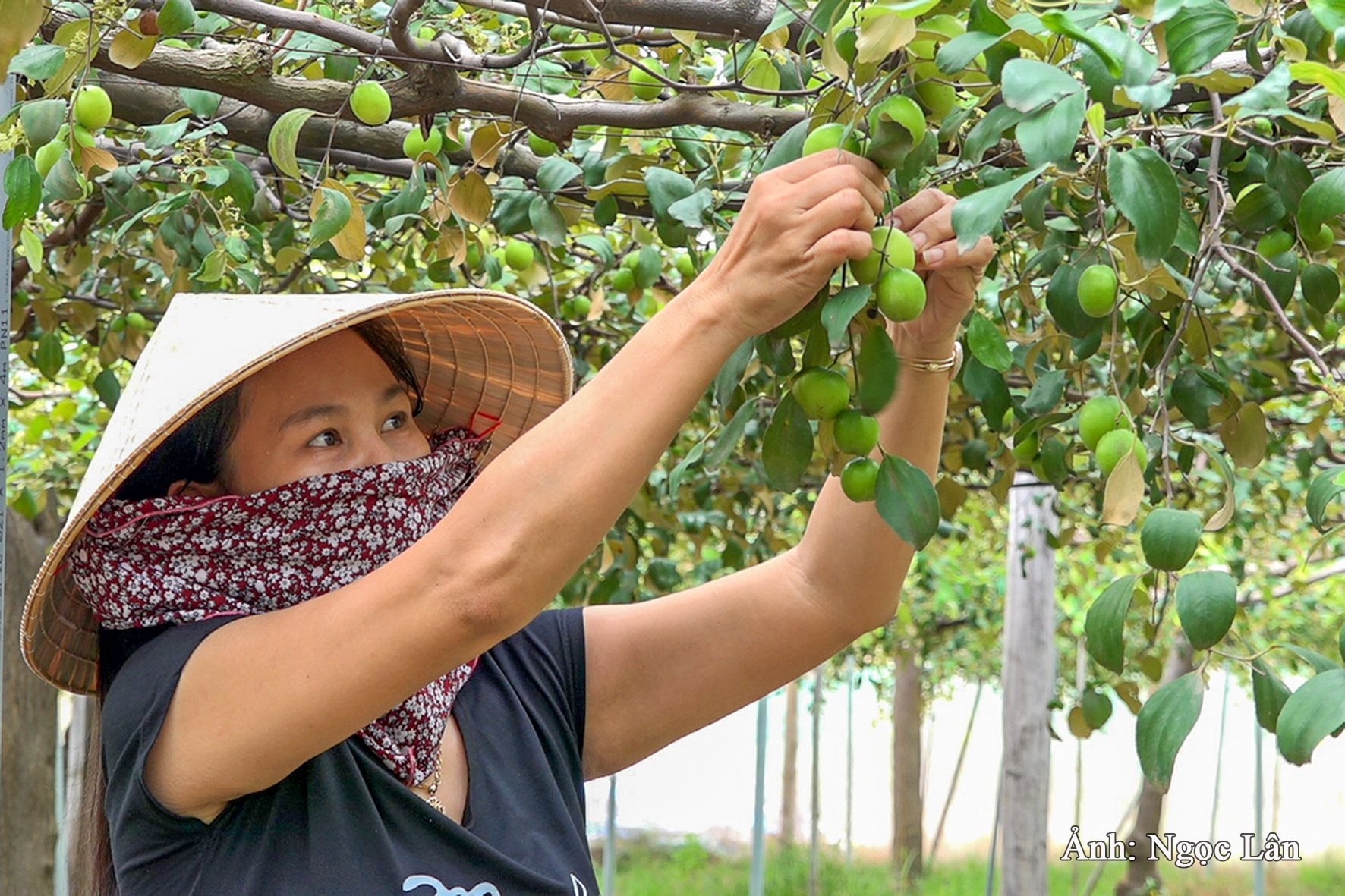
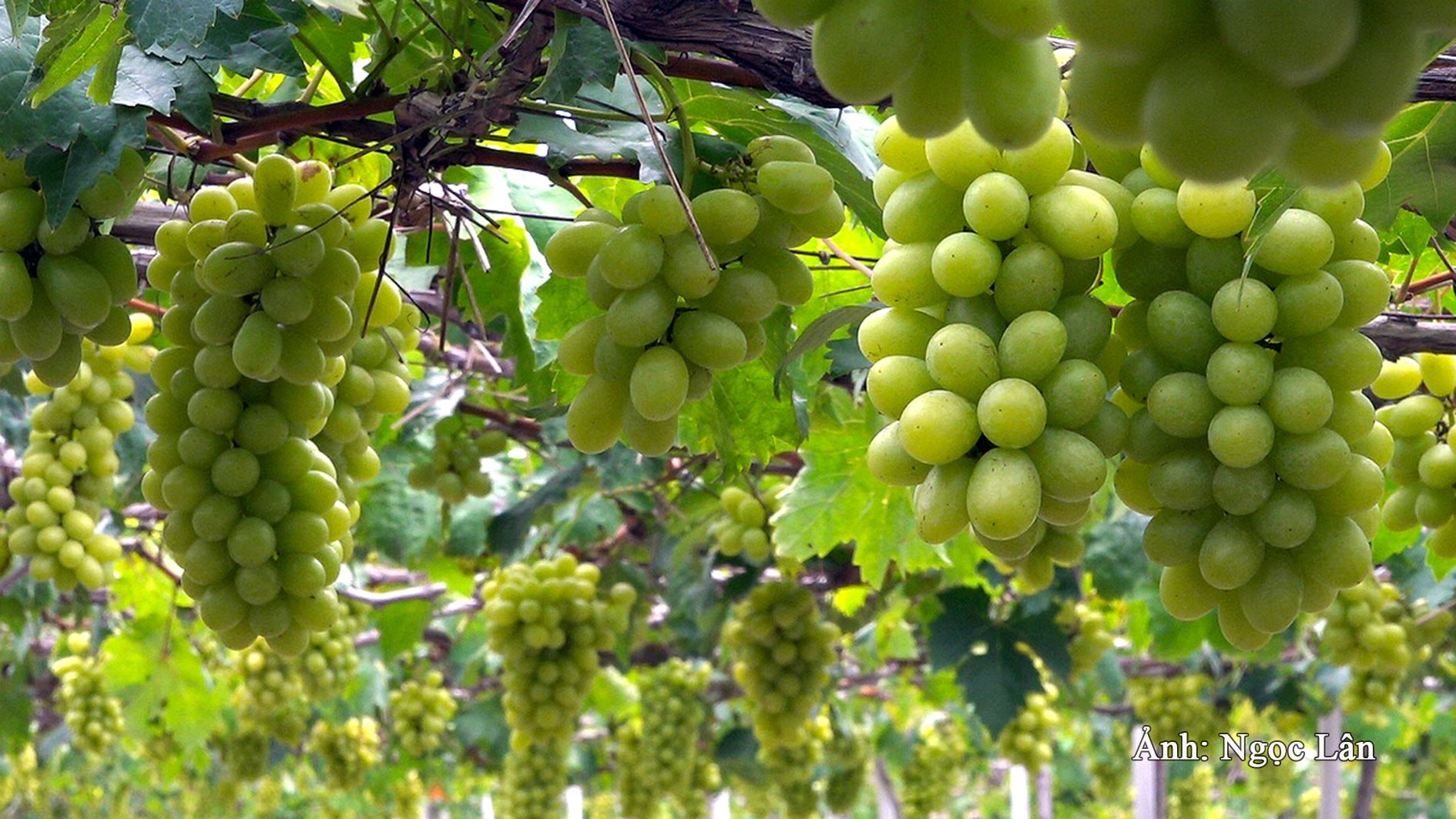
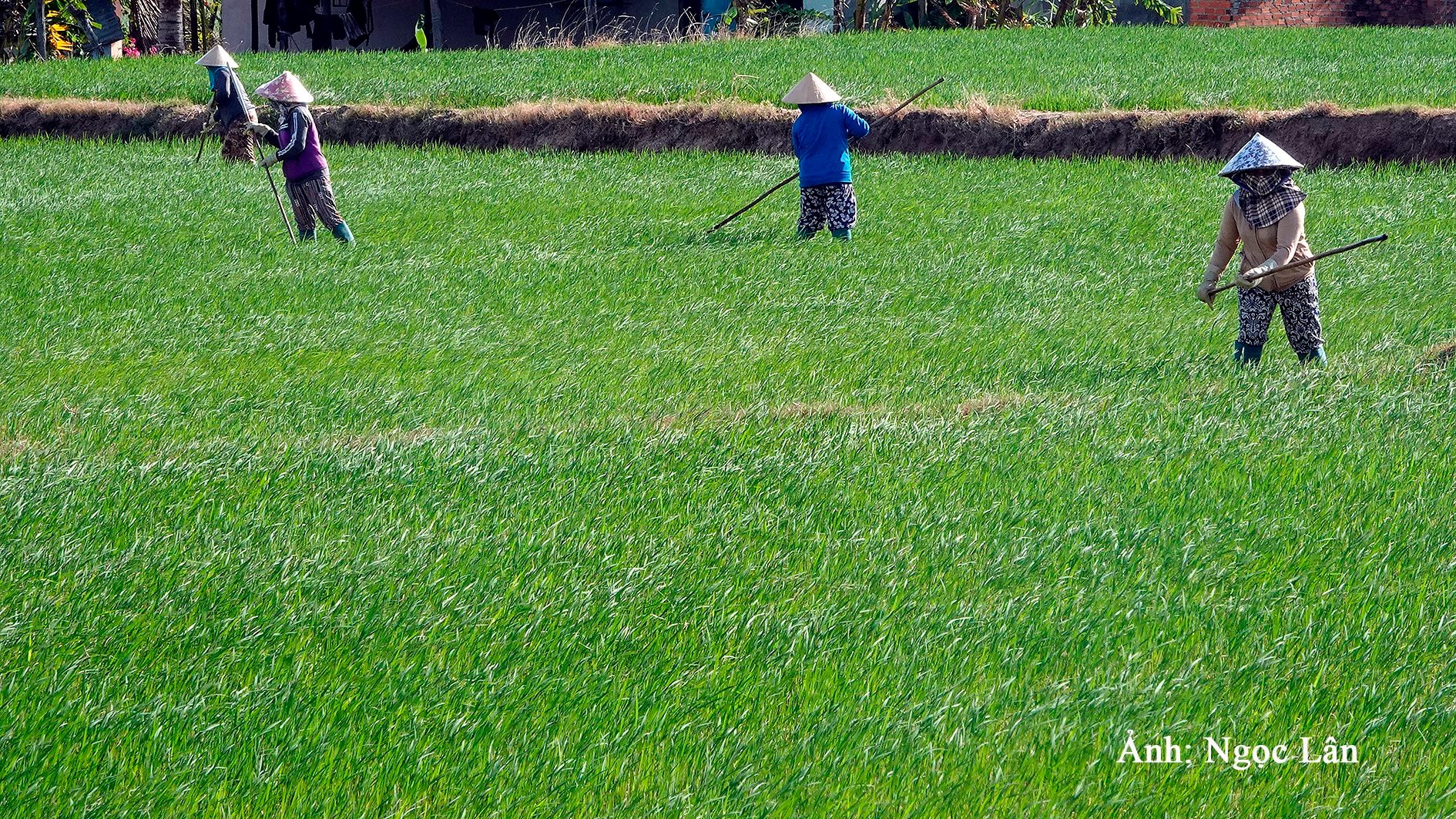

Since then, production in Tuy Phong has shifted to diversifying crops, those with high economic value but using little water. Accordingly, Tuy Phong not only has rice and other crops but also grapes, apples, dragon fruit, etc., aiming towards modern agriculture with high added value. The key to the problem is thanks to large-scale irrigation investment and water transfer connections.
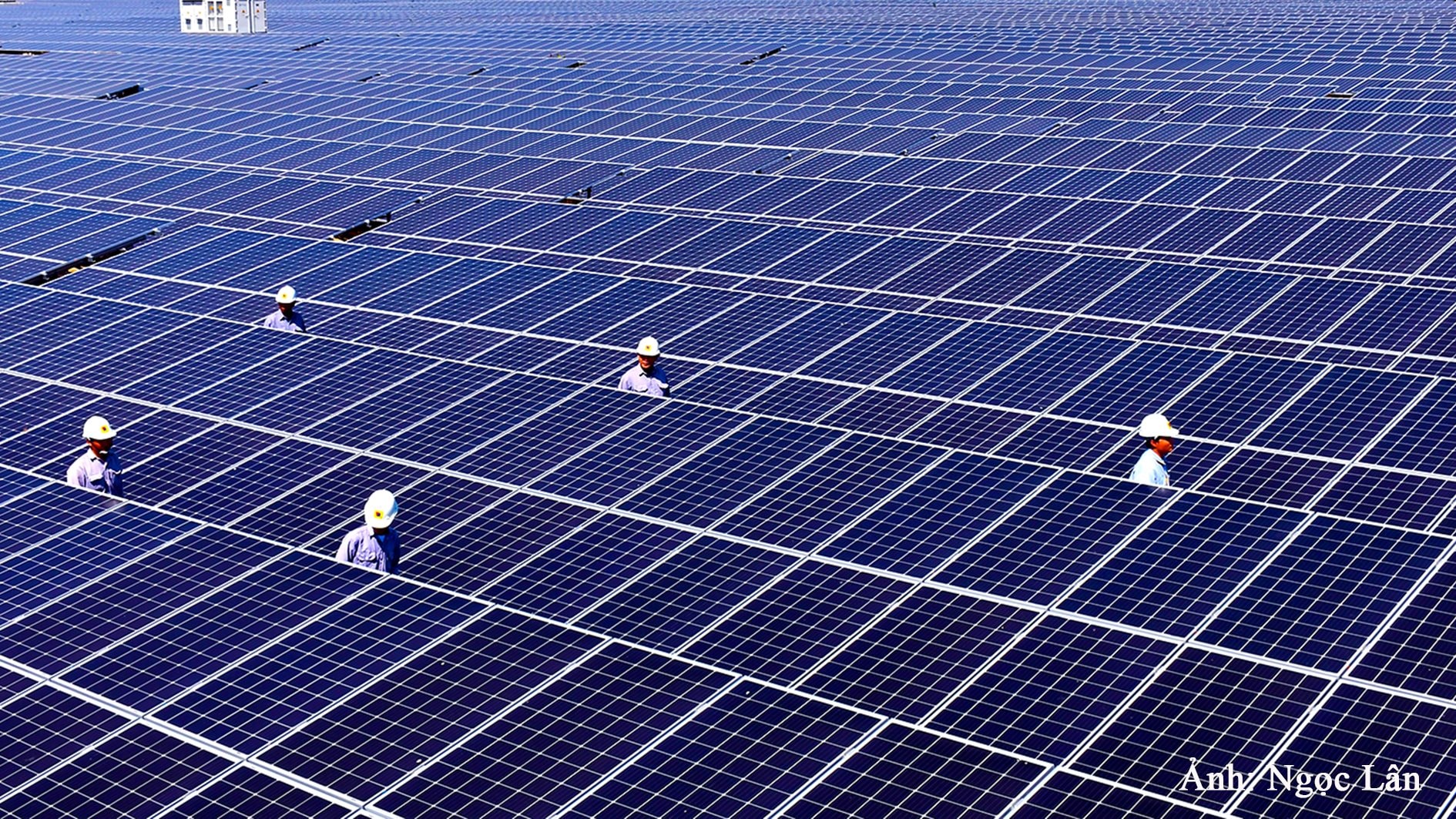
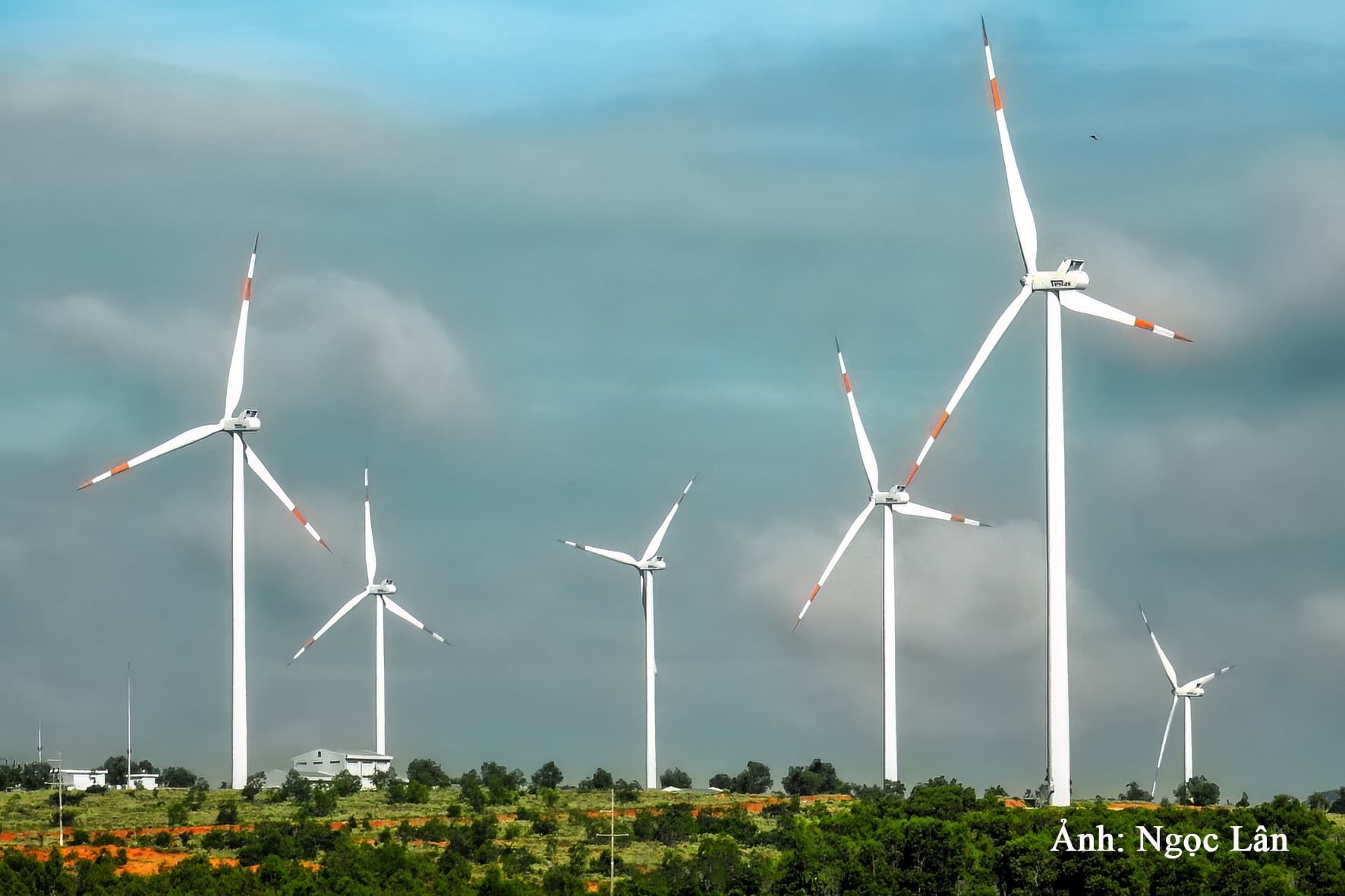
To calculate water for other economic sectors
Like "After the extreme hardship comes the day of prosperity", besides agriculture, Tuy Phong has a new economic sector, the electricity industry, which appeared very quickly after a period of time. Not only turning the obstacle of the "very sunny and windy" region into renewable energy by attracting a series of wind and solar power projects, Tuy Phong was also chosen to build a thermal power center, becoming a place to contribute to providing stable electricity for the Southern region. However, it is worth mentioning that water for industrial production, especially in the drought-stricken Tuy Phong region, seemed to be very difficult to have a water source for production. However, the reality shows that it has been arranged through the successive construction of intra-district and inter-district canals, with a supporting nature, transferring water from areas with plenty to areas lacking.
That is the 16.237 km-long Long Song - Da Bac water supply canal, completed in 2016, with the task of supplying water to Vinh Tan Thermal Power Center with a capacity of 10.535 million m3/year. At the same time, it stabilizes irrigation water for 394 hectares of cultivated land in the Da Bac lake irrigation system and expands the irrigation area of about 650 hectares of cultivated land, contributing to improving saline soil and limiting the desertification process taking place in the area. Sharing this water source for industry in the situation of Tuy Phong's lack of abundant water cannot be long-term. That is the reason why the 43 km-long Ta Mu - Suoi Mang - Cay Ca water transfer canal was built, although just hearing about it already has many obstacles. Because the canal takes water from the source of Dai Ninh hydropower plant and the Luy River basin in Bac Binh area and transfers it to Tuy Phong area with the end of the canal connecting to the starting point of the Long Song - Da Bac canal route.
The canal was completed at the end of last year and is currently being tested to ensure that the transferred water source can develop an additional 1,500 hectares of agricultural land. Of which, 500 hectares will be developed for Bac Binh district and additional water sources will be added to ensure production of 03 crops/year for 1,000 hectares of Cay Ca irrigation area of Long Song lake in Tuy Phong district.
At this time, when the irrigation network connection to the thirsty Tuy Phong region has been effective, people have realized that Tuy Phong's agricultural production area has increased 14 times compared to 1995, from 1 crop to 3 crops, so last year it produced nearly 7,000 hectares. At the same time, thanks to this persistent drought treatment, Tuy Phong has an electricity industry with a scale that creates the premise for the construction of a national energy center in the future.
Source: https://baobinhthuan.com.vn/50-nam-tri-han-cua-binh-thuan-cho-nganh-kinh-te-khac-phat-trien-130619.html




![[Photo] National Conference "100 years of Vietnamese Revolutionary Press accompanying the glorious cause of the Party and the nation"](https://vphoto.vietnam.vn/thumb/1200x675/vietnam/resource/IMAGE/2025/5/30/1cf6cd5c8a934ebfa347028dcb08358c)
![[Photo] General Secretary To Lam receives Chief of the Central Office of the Lao People's Revolutionary Party](https://vphoto.vietnam.vn/thumb/1200x675/vietnam/resource/IMAGE/2025/5/30/140435f4b39d4599a3d17975dfb444c5)
![[Photo] Journalists moved to tears at the Memorial Service for the soldiers who died in Gac Ma](https://vphoto.vietnam.vn/thumb/1200x675/vietnam/resource/IMAGE/2025/5/30/9454613a55c54c16bf8c0efa51883456)
![[Photo] A delegation of 100 journalists from the Vietnam Journalists Association visits the soldiers and people of Truong Sa island district.](https://vphoto.vietnam.vn/thumb/1200x675/vietnam/resource/IMAGE/2025/5/30/0984a986227d4e988177f560d2e1563e)







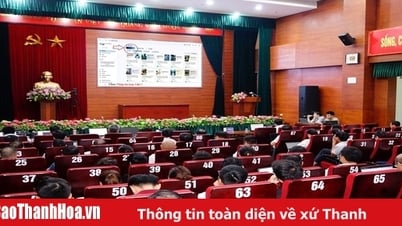






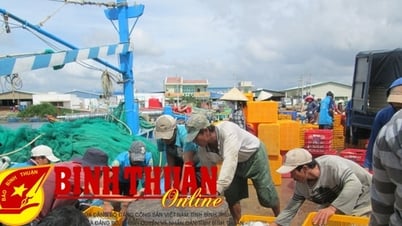





















































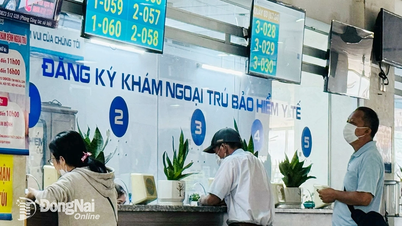














Comment (0)